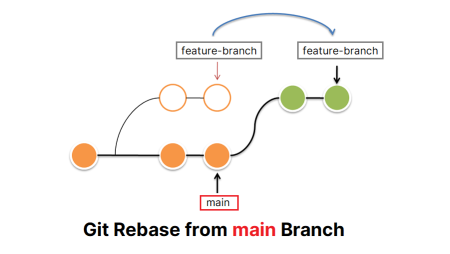In Linux, a process is an instance of a running program. It can be a system process or a user process. A system process is a process that is run by the kernel to manage system tasks, while a user process is a process that is run by a user to perform a task.
In this tutorial, we will provide an overview of managing Linux processes, including how to view running processes, how to manage them, and how to kill them.
Viewing Running Processes
To view running processes in Linux, you can use the ‘ps’ command. The ‘ps’ command displays a list of the current processes running on the system. The basic syntax for the ‘ps’ command is as follows:
1 | ps [options] |
Some common options are:
- ‘a’: Displays processes for all users
- ‘x’: Displays processes not associated with a terminal
- ‘u’: Displays additional information about each process, including the user who owns the process, the process ID (PID), the CPU usage, and the memory usage.
To view a list of running processes for all users with additional information, run the following command:
ps aux
This will display a list of running processes, their PIDs, CPU usage, memory usage, and other information.
Managing Processes
There are several tools available in Linux to manage processes. Here are a few of the most commonly used tools:
- ‘top’: The ‘top’ command is a real-time process monitoring tool that displays a list of the currently running processes and their resource usage. It is an interactive command-line tool that allows you to sort and filter the list of processes based on various criteria.
- ‘htop’: ‘htop’ is an advanced version of the ‘top’ command. It is a real-time process monitoring tool that provides a more user-friendly interface and additional features such as color-coded display, process tree view, and process filtering.
- ‘kill’: The ‘kill’ command is used to terminate a running process. The basic syntax for the ‘kill’ command is as follows:1kill [options] PID
Here, ‘PID’ is the process ID of the process you want to terminate. Some common options are:
- ‘-9’: Sends a SIGKILL signal to the process, which forcefully terminates it.
- ‘-15‘: Sends a SIGTERM signal to the process, which allows it to perform a clean shutdown.
To terminate a process with a PID of 1234, run the following command:
kill 1234 - ‘pkill’: The ‘pkill’ command is used to terminate a process by name. The basic syntax for the ‘pkill’ command is as follows:1pkill [options] process_name
Here, ‘process_name’ is the name of the process you want to terminate. Some common options are:
- ‘-9’: Sends a SIGKILL signal to the process, which forcefully terminates it.
- ‘-15’: Sends a SIGTERM signal to the process, which allows it to perform a clean shutdown.
To terminate all processes with the name ‘firefox’, run the following command:
pkill firefox
Conclusion
Managing Linux processes is an essential skill for any Linux user or system administrator. By using the tools and commands discussed in this tutorial, you can view running processes, manage them, and kill them if necessary. It is important to understand the basics of process management to troubleshoot issues and optimize the performance of your system.
While the ‘ps’ command provides a quick overview of running processes, tools like ‘top’ and ‘htop’ offer more detailed information and can help identify processes that are consuming too much CPU or memory resources.
In cases where a process becomes unresponsive, the ‘kill’ or ‘pkill’ command can be used to terminate the process. It is important to use caution when using the ‘kill’ command, as it can have unintended consequences if used improperly.
By mastering process management in Linux, you can better understand how your system is performing and take the necessary steps to optimize it.

